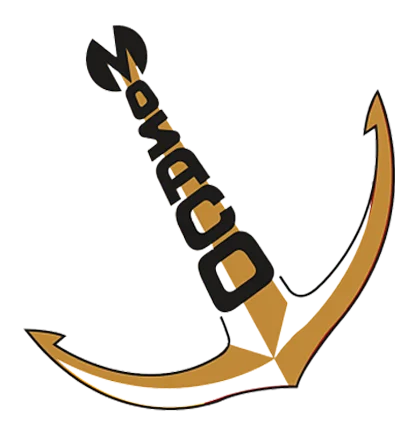Hapag-Lloyd has revised its earnings forecast for 2024, following the lead of its upcoming Gemini Cooperation partner, Maersk. The German shipping line attributes this upward adjustment to stronger-than-expected demand and improved freight rates. In its preliminary figures for the first nine months of 2024, Hapag-Lloyd reported an EBITDA of approximately USD 3.6 billion (EUR 3.3 billion) and an EBIT of about USD 1.9 billion (EUR 1.8 billion).
The company’s Executive Board noted, “Given the current course of business, characterized by stronger than expected demand and improved freight rates, and despite increased costs associated with rerouting vessels around the Cape of Good Hope, we are raising our earnings outlook for the financial year 2024.” Hapag-Lloyd now expects its Group EBITDA to be between USD 4.6 billion and 5.0 billion, up from the previous estimate of USD 3.5 billion to 4.6 billion. Group EBIT is projected to rise to between USD 2.4 billion and 2.8 billion, compared to the earlier range of USD 1.3 billion to 2.4 billion. However, the company cautioned that market volatility and geopolitical uncertainties could still impact its forecasts. Final figures for the first nine months of 2024 will be released on November 14, 2024.
Maersk’s Parallel Upgrade Amid Red Sea Crisis
Hapag-Lloyd’s updated outlook comes on the heels of A.P. Moller-Maersk’s fourth upward revision of its full-year financial guidance this year. Both companies are navigating significant disruptions in the shipping industry due to ongoing instability in the Red Sea, where Houthi-led attacks have been affecting global shipping routes. Maersk recently reported impressive Q3 results, including USD 15.8 billion in revenue and an underlying EBITDA of USD 4.8 billion, raising its full-year EBITDA forecast to USD 11.0 billion to 11.5 billion.
Navigating Uncertainty
The geopolitical situation in the Red Sea has prompted both Hapag-Lloyd and Maersk to adjust their operational strategies for the launch of the Gemini alliance in February. To prioritize safety, they will continue rerouting ships via the Cape of Good Hope instead of the Suez Canal, despite the increased transit times and costs this entails.
The alliance aims to implement a hub-and-spoke strategy across seven trade lanes, targeting a service reliability rate of 90%, a significant improvement over the current industry average of 53%. As geopolitical tensions escalate in critical regions, the global shipping industry is forced to adapt, reshaping traditional trade routes. While these challenges may raise costs for shippers, they also contribute to rising freight rates, ultimately enhancing the profitability of ocean carriers.


